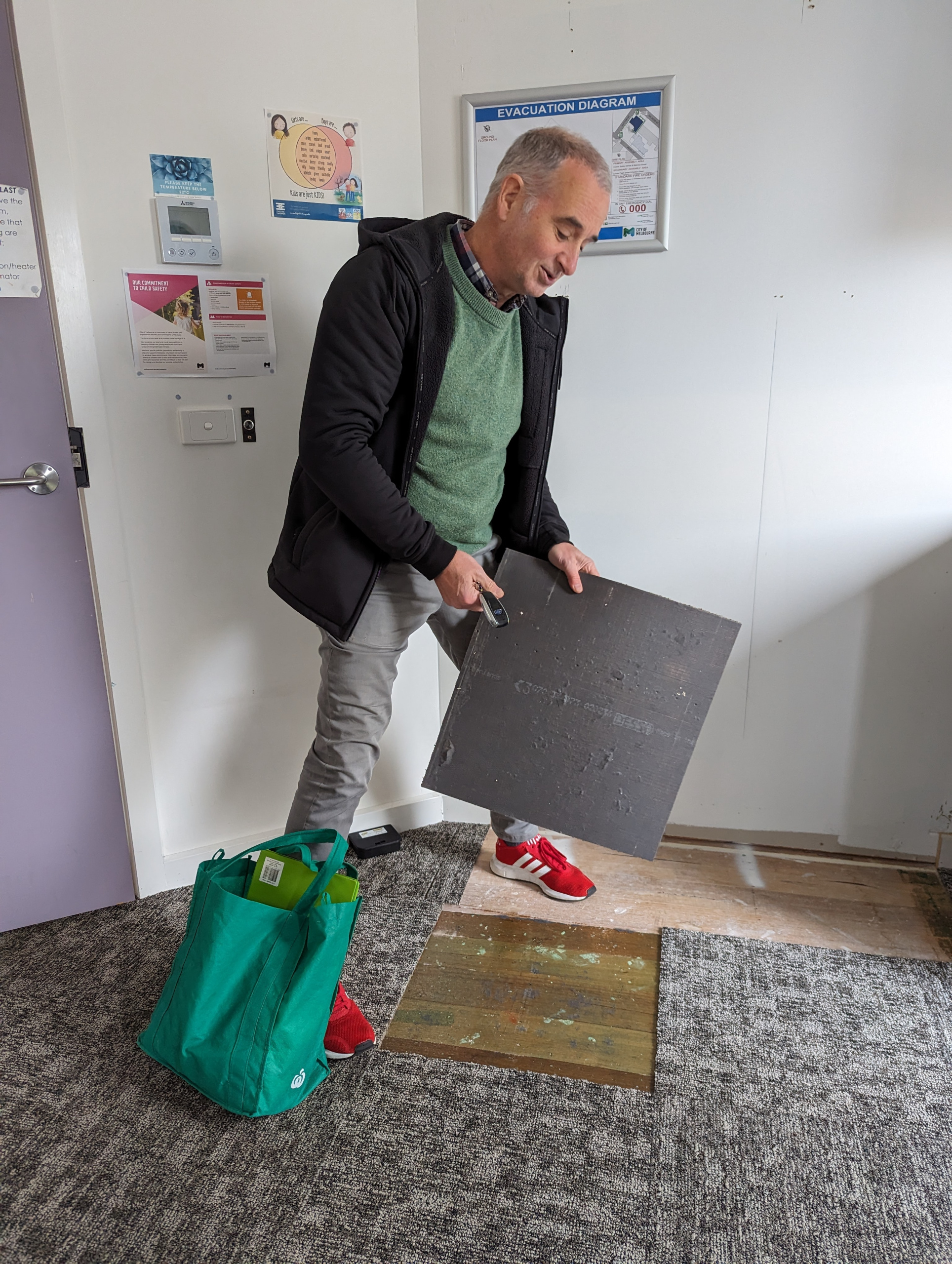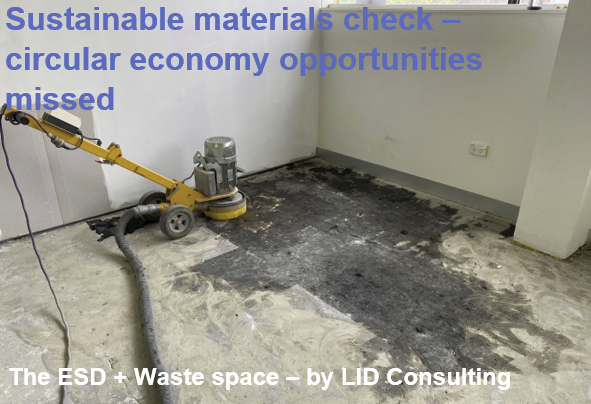
De-construction not demolition is the path to very high recycling rates and meeting circular economy requirements. It just takes some planning.
LID are currently undertaking a materials and carbon audit for a future demolition project for the City of Melbourne. In this photo LID principal Craig Harris demonstrates one example of diving deeper to ensure a thorough understanding of the circularity of materials on site. Craig is lifting carpet tiles to check the circularity of the tiles and floor underneath. The type and condition of the substrate underneath and whether the tiles are lightly tacked down to the floor or glued down in such a way that they damage the back of the tiles on lifting, are important understandings on planning for circularity, as well as supporting low carbon and healthier fit-outs in future. (See strongly glued down tiles and the problems they cause – tiles that need to be thrown away, costly, carbon intensive and unhealthy floor grinding – producing silica dust when the substrate is a concrete floor).
 Other parts of our diving deeper involve looking beyond the sustainability statements on many organisation websites to ask where materials go, then calling those receivers of goods for recycling, and making sure we understand what they do to recycle the product. Australian recycling often involves granulating plastics and exporting these.
Other parts of our diving deeper involve looking beyond the sustainability statements on many organisation websites to ask where materials go, then calling those receivers of goods for recycling, and making sure we understand what they do to recycle the product. Australian recycling often involves granulating plastics and exporting these.
We also know what are the likely construction systems in a building and hidden materials that should be considered for recycling at demolition time. We know how to recycle bricks whole for a circular economy outcome and which firms crush bricks for recycling as a lower order product like aggregate.
Our goal is to distinguish genuine sustainable practices from greenwashing, ensuring real environmental benefits.



